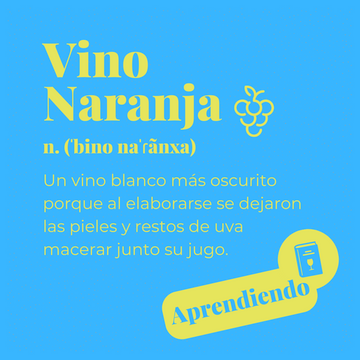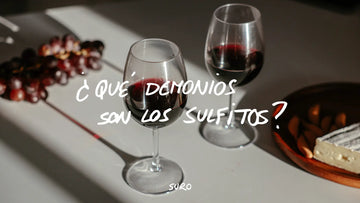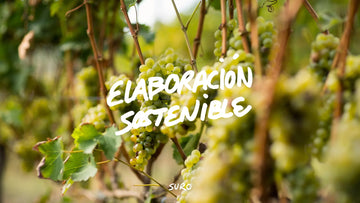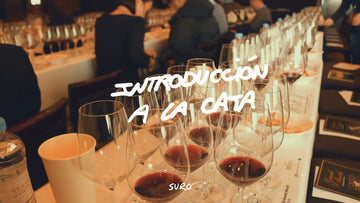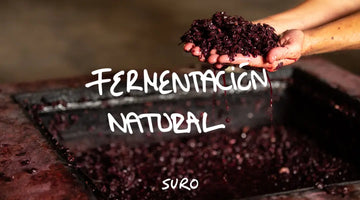Have you heard of orange wine? It seems to be the latest fashion, in modern restaurants and wine bars they are rocking it... but believe us, it is not something new, it is a type of wine as old as the rest, with more than 8,000 years!
More detail - How it's done:
The color of the wine comes from the skins of the grapes; with which, said in a very simplified way, for the red to be of that color, the grapes macerate with their skins for a long time; and later in the process, once the alcoholic fermentation is finished (topic for another day…), the remaining skins, branches, etc. are “strained” and pressed to make the red wine we know.
If we talk about rosé, the skins macerate less time; and for the white (made with green grapes, not red, and therefore with less color) the skins are removed before fermentation, so they are not left to rest with the fermented juice.
If a non-expert wanted to make wine, homemade, as a school experiment, what would come to mind is to leave the whole grapes fermenting, right? With everything; skins, seeds... even for white wine. What happens if we do this? Well, the "little tint" of the grape does color the resulting wine, leaving it orange.
Origin :
It is believed that the origin of this type of wine is the same as that of the rest: in what is now Georgia, archaeological remains of vessels with fermented grape juice from more than 8,000 years ago were found, see: the most "old" acquaintance.
This practice goes back to the times when it was necessary to use inventiveness to preserve food; use some system to avoid the deterioration and oxidation of white wine, and that is what maceration with skins provides to a wine, since its contact helps with the presence of natural sulfites in the wine during fermentation, helping it to create resistance.
Novelty?
As you see, no. It is not a novelty, but something that has been launched on the market as a recovery, taking advantage of the growing interest in natural wines with minimal intervention; with the desire to create movement in a market as something commercially "new". But there are areas of Spain where these wines have been made (fermented with the "crap" of the grape) all their lives, such as the Catalan "brisats".
Tasting :
So they are white with more color? Well, no... The fact that they are made with minimal intervention and these remains of the vineyard that ferment with the juice in the winemaking process, not only add color; also some bitterness (or tannins, another word for a future glossary) and aromas. They are, therefore, “unconventional” wines, ideal for turning your winery upside down or for any drink or dinner with friends.
Have you ever tried it? What do you think? Tell us!

